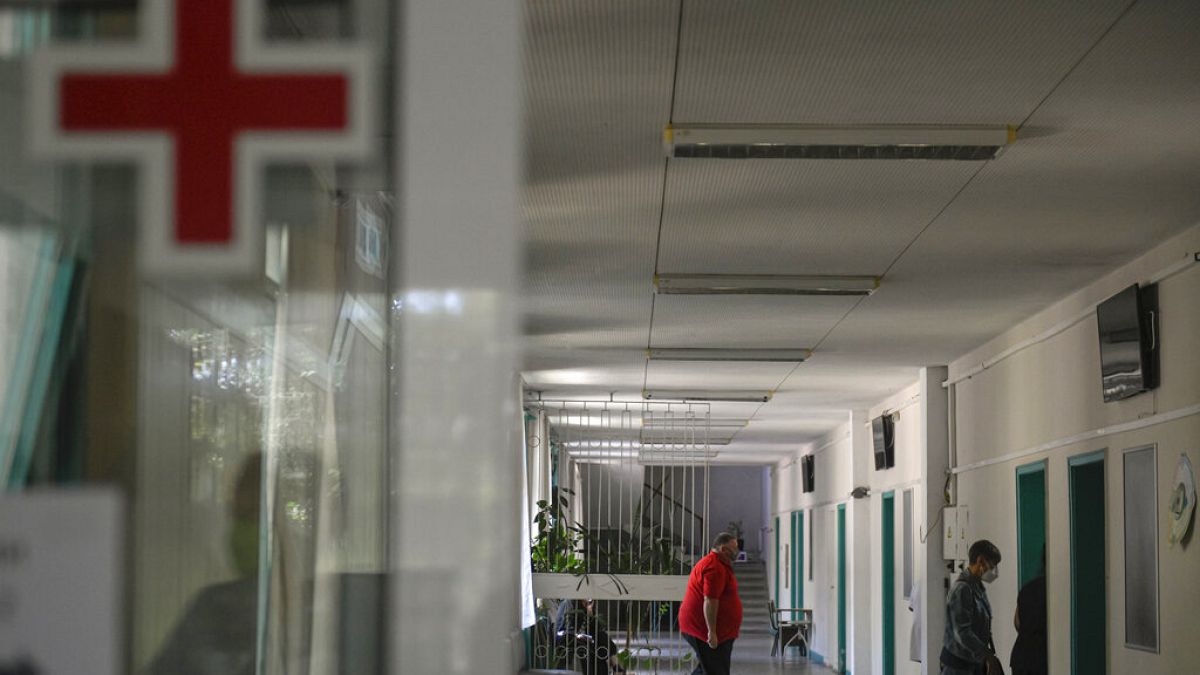The regional divides between health systems are significant, a new report shows.
There’s a clear divide between Western and Eastern Europe when it comes to how resilient their health systems are – and how ready they are to face future threats, according to a new report from a Bratislava-based think tank.
No health system came out of the COVID-19 pandemic unscathed, but some countries are doing more than others to become stronger against future challenges, including potential health crises and simmering issues that will emerge as a result of Europe’s ageing populations.
These regional disparities could have serious consequences in the future, according to the report from GLOBSEC.
“The COVID-19 pandemic also proved the saying ‘a chain is as strong as its weakest link’ holds true in the healthcare sector,” researchers said. “Unfortunately, ‘the strength of the chain’ proved to be very different across EU countries”.
The researchers analysed 36 metrics spanning the healthcare workforce, the availability of medical technology and medicines, excess deaths and disease burden, and strategic planning for the health sector, to determine the European countries best and worst prepared for health crises.
Norway came out on top, followed by the Netherlands, Sweden, Germany, and Denmark. These countries scored well both on current health status and future readiness.
Meanwhile, at the bottom of the list were Bulgaria, Poland, Latvia, Romania, and Slovakia. Among the worst 10 countries, eight were in Central or Eastern Europe.
Generally, countries that spend more on healthcare tend to score better than those with less investment.
But the authors noted that even in high-income countries, there are disparities by urban-rural status and other socioeconomic factors.
“The economic strain from the COVID-19 pandemic has exacerbated these issues in many countries, putting additional pressure on already stretched healthcare budgets,” they said.
High-ranking countries also typically had higher rates of cancer or other diseases – but the report authors note that could be because they have higher quality diagnostic capabilities, allowing them to pick up on more health problems.
Lower-ranked countries tended to have weaker health infrastructure, including fewer hospitals and specialised clinics, which can lead to long waiting times and overcrowded facilities, the report said.
They also often wait longer for new medicines, and citizens tend to believe there is a higher level of corruption in hospitals than elsewhere in Europe.
Notably, Eastern Europe has also seen a higher rate of excess deaths since the pandemic, with the greatest increases in countries like Bulgaria and Lithuania.
While Central and Eastern European countries increased their budgets during the pandemic, they still spend only 50 per cent to 60 per cent of what the top countries spend on health care, the report found.
“Countries with lower scores often struggle with underfunded healthcare systems,” the researchers said, “which can lead to a range of problems, including insufficient medical supplies, outdated equipment, and inadequate facilities”.
There are some bright spots. Central and Eastern European countries tend to have less access to new medicines than other areas, but the Czech Republic has made 62 per cent of EU-approved medicines available, compared with an average of 28 per cent across the region.















